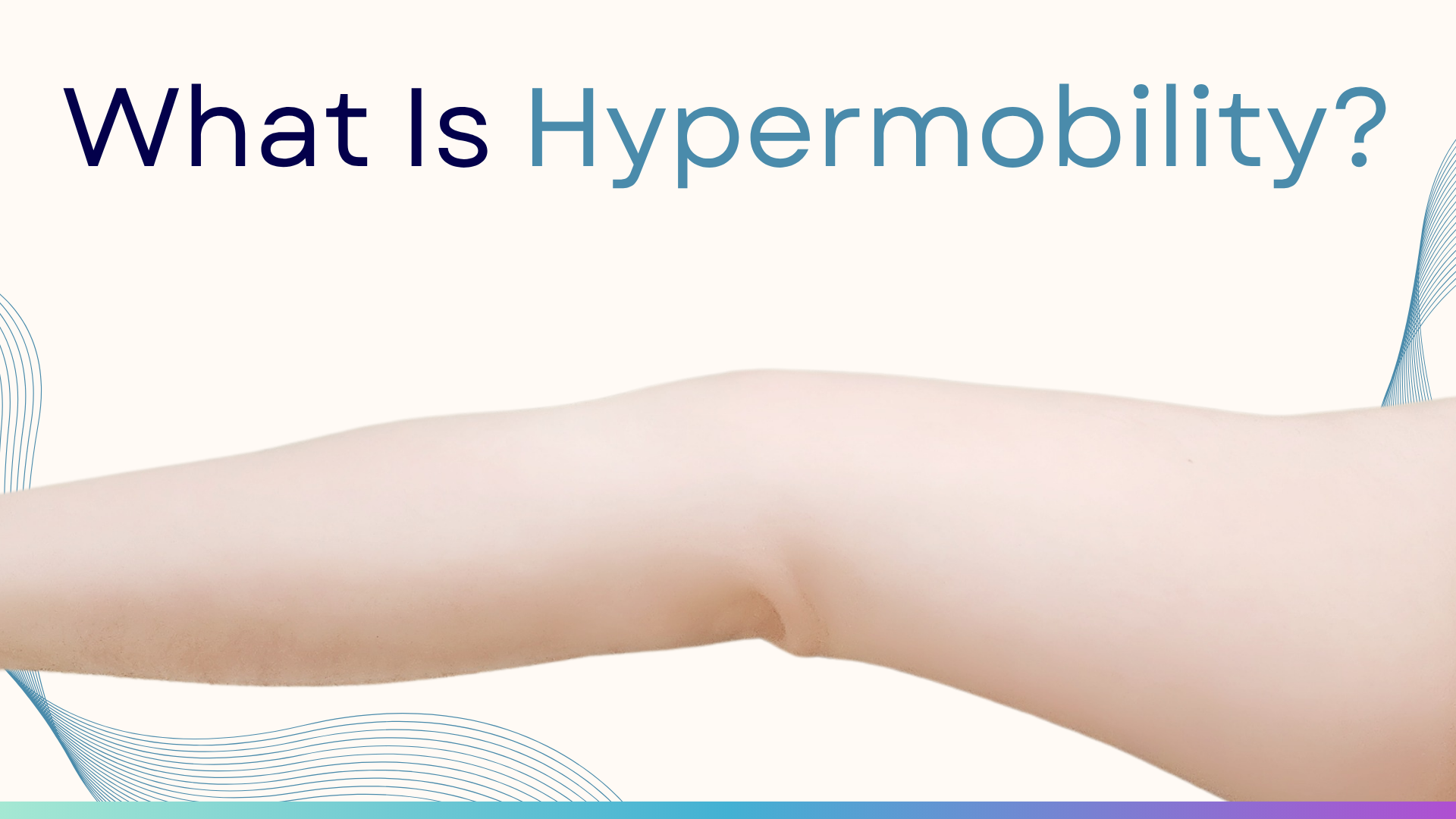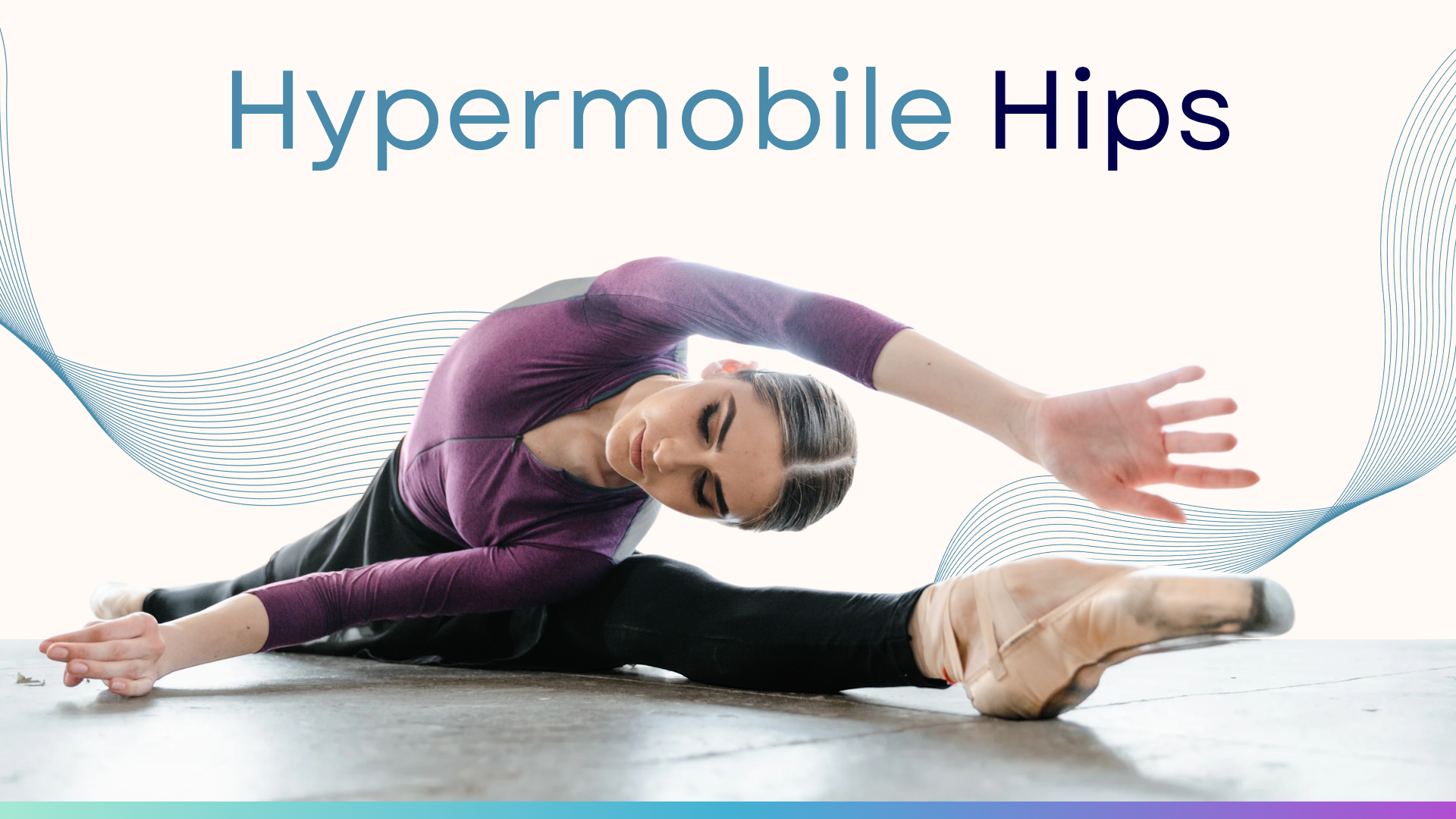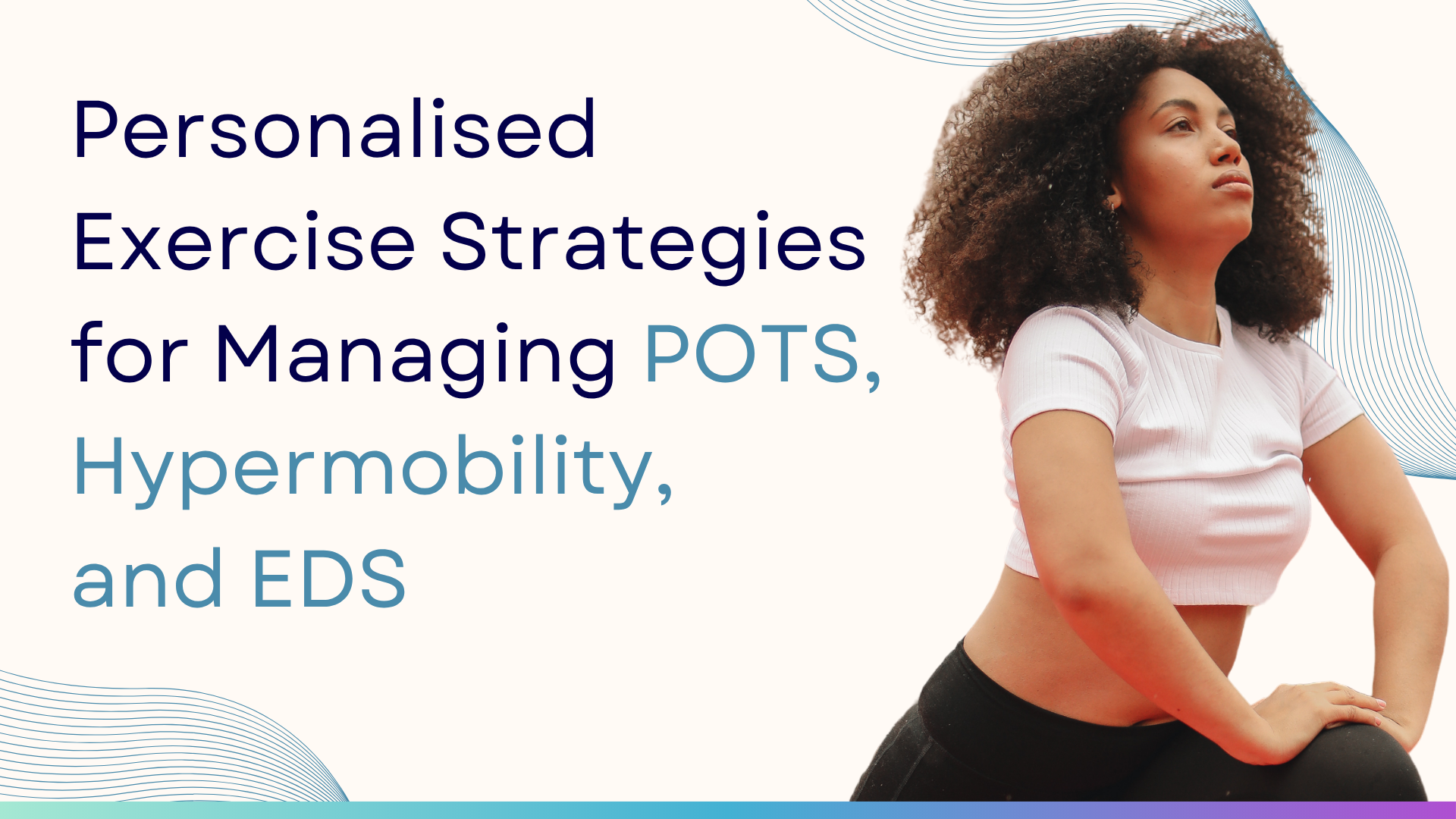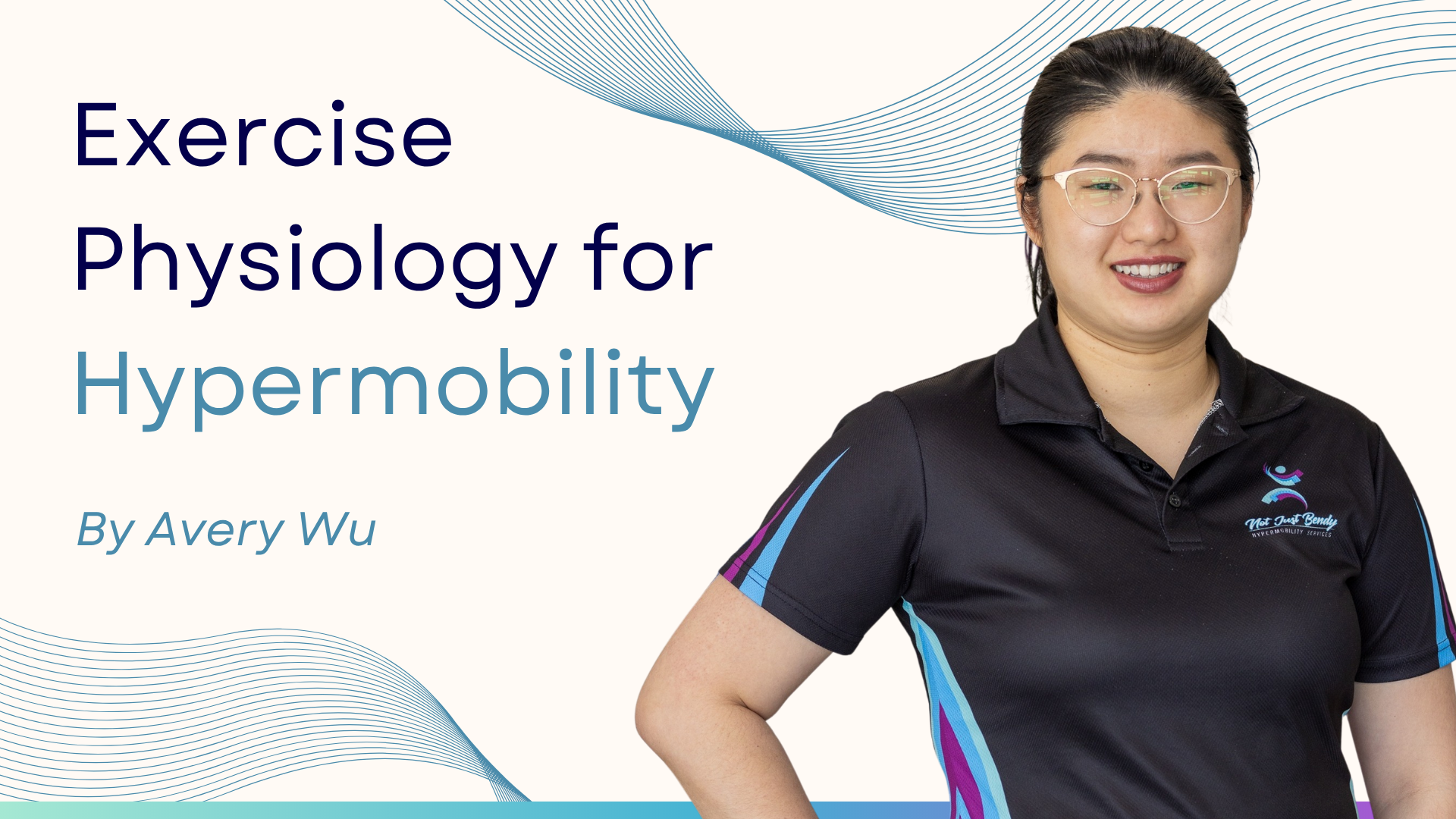Tag: exercise physiology
-

What Is Hypermobility?
Disclaimer: This information is intended as general advice only and does not replace individual medical guidance. Consult your medical professional to determine the best approach for your specific needs. Introduction Hypermobility refers to joints that move beyond the typical range—sometimes described as being “double-jointed.” Joint hypermobility is relatively common, especially in children, women, and individuals…
-

Hypermobile Hips
Understanding Hypermobile Hips: Causes and Treatments As a physiotherapist in Brisbane, Australia, with a special interest in hypermobility-related connective tissue disorders, I primarily work with clients who have hypermobile Ehlers-Danlos Syndrome (hEDS), Hypermobility Spectrum Disorder (HSD), or Asymptomatic Generalised Hypermobility. Over the years, I have observed that approximately 90% of symptomatic hypermobility clients experience issues…
-

Personalised Exercise Strategies for Managing POTS, Hypermobility, and EDS
Navigating life with Postural Orthostatic Tachycardia Syndrome (POTS), hypermobility, or Ehlers-Danlos Syndrome (EDS) presents unique challenges, especially in the realm of exercise. While exercise is important for overall health and is part of the rehabilitation process, the traditional approach to exercise may not always be suitable for individuals with chronic health conditions. Utilising a personalised…
-

Exercise Physiology for Hypermobility
What Can the Not Just Bendy Hypermobility Services Exercise Physiologist Do for Me? Our Exercise Physiologist knows how complex hypermobility can be and how difficult it can be to exercise without creating a new injury. There are many different ways that they can help those with hypermobility or Ehlers-Danlos Syndrome. What is the Difference Between…




